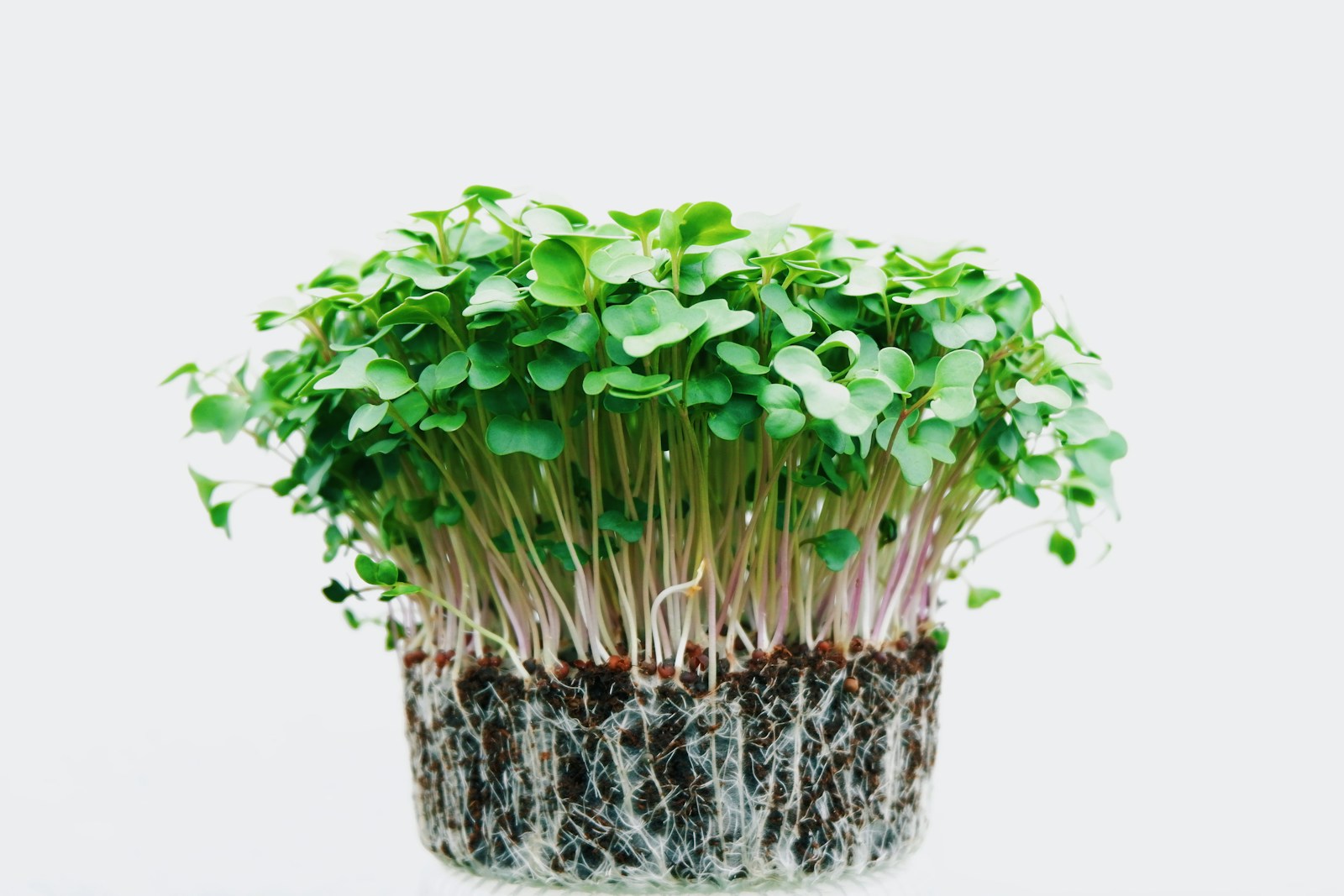One doesn’t need a green thumb to appreciate the wonder of growing plants, and when it comes to hydroponic microgreens, this marvel is taken up a notch. Hydroponic microgreens, the diminutive darlings of the culinary world, have caught the attention of urban farmers and health enthusiasts alike. One interesting aspect to these nutritious plants concerns their nutritional requirements and the role of pH levels.
Microgreens have proved to be incredibly flexible, capable of growth with minimal assistance. However, this doesn’t mean that they don’t appreciate a helping hand. Although they contain their life-force within the seed and can potentially flourish without additional nutrients, adding a bit of fertilizer or providing mineral nutrients, especially nitrogen, in the form of a balanced, water-soluble fertilizer has a significant impact on their yield. Even a little nutritional TLC can lead to a veritable green explosion! (source)
However, the concentration of these nutrients needs to be carefully moderated, the ideal level being between 75-150 ppm N, depending on the production system. Additionally, the environmental factors like temperature, the type of growth substrate, and even seeding density influence the quality and quantity of your yield. Don’t let the small size of these plants trick you into underestimating the complexities of their needs.
Similarly, despite their quick growth and harvest cycle, hydroponic microgreens can benefit from some nutrient provision. But the real element of success lies in the pH levels of the water being used.
The importance of pH levels when growing plants hydroponically cannot be understated. It’s a little like baking a cake; even if you’ve sourced the finest ingredients, if your oven’s temperature is off the cake won’t bake right. In hydroponic systems, the “”oven temperature”” equates to the pH level of the water. The consequences of disregarding appropriate pH levels in a hydroponic system can lead to subsequent nutrient absorption difficulties.
Depending on the exact species of plant, the optimal pH range for most hydroponically-grown crops is usually between 5.5 and 6. Methods such as using pH up or down products, weak acids like vinegar, or even automatic pH controllers can help keep the pH balance in check. Thus, good nutrient and pH management leads to bumper crops of plump, succulent microgreens.
When you think about it, the fact that hydroponic microgreens have the potential to outshine their fully grown counterparts in nutrient concentration seems quite remarkable. It’s like comparing David’s sling to Goliath’s sword; small but mighty! Each one packs a punch in terms of nutrient values, with microgreens like red cabbage, green radish, and garnet amaranth leading the pack. For perspective, a mere 100grams of kale microgreens carry 29 calories, along with noteworthy quantities of calcium, iron, magnesium, phosphorus, sodium, and zinc, among other nutrients.
- Kale Microgreens – 29 calories
- Basil Microgreens – 16 calories
- Sunflower Microgreens – 24 calories
- Red Cabbage Microgreens – 31 calories
While it’s almost breathtaking to watch your lush carpet of microgreens flourish under your care, if you’re residing in the U.S and have considered turning this hobby into a full-scale business, it’s pivotal to understand the rules and regulations that come with it. The U.S Farm Service Agency provides a Microloan program focused on financing small, niche, nontraditional farms, including those employing hydroponic techniques. While this program blissfully doesn’t require previous experience in farm management, it does require its borrowers to have an acceptable credit history and be non-delinquent on any Federal debt.
Curiously, this program veers away from relying on credit scores for loan eligibility determinations but maintains a keener interest in payment history with other creditors. Considering these financial boons, along with the increasing demand for nutritious, locally grown produce, diving into the microgreen business seems to be the wave of the future.
Aiding hydroponic cultivation through financial programs not only enhances small-scale farming but also fosters non-traditional methods of agriculture. In this context, the microgreens represent a potential revolution, combining nutrition, taste, and sustainability in a tiny package.
In a nutshell, hydroponic microgreens may not necessarily need external nutrient supplementation for growth, but it definitely contributes to a higher yield and more robust plants. Balancing pH levels remains the silent hero of hydroponic cultivation, doing a vital job behind the scenes. And in case you’re planning on turning into a hydroponic hero yourself, bear in mind the financial and regulatory landscape that comes with it, cause nothing’s better than transforming passion into profit, right?
So keep your pH strips close and your nutrients closer, as you embark on your journey with these tiny nutrition powerhouses. And remember, you might be dealing with microgreens, but the benefits they bring are anything but small.

